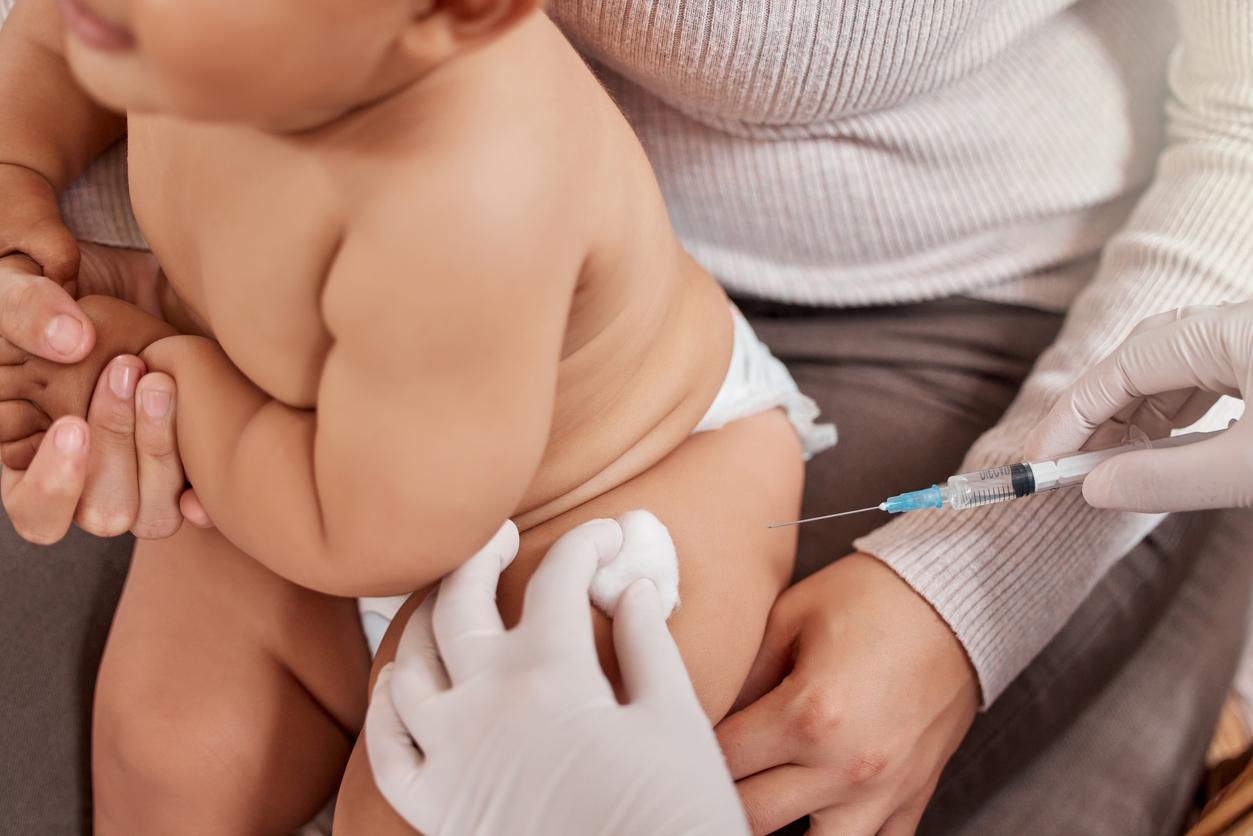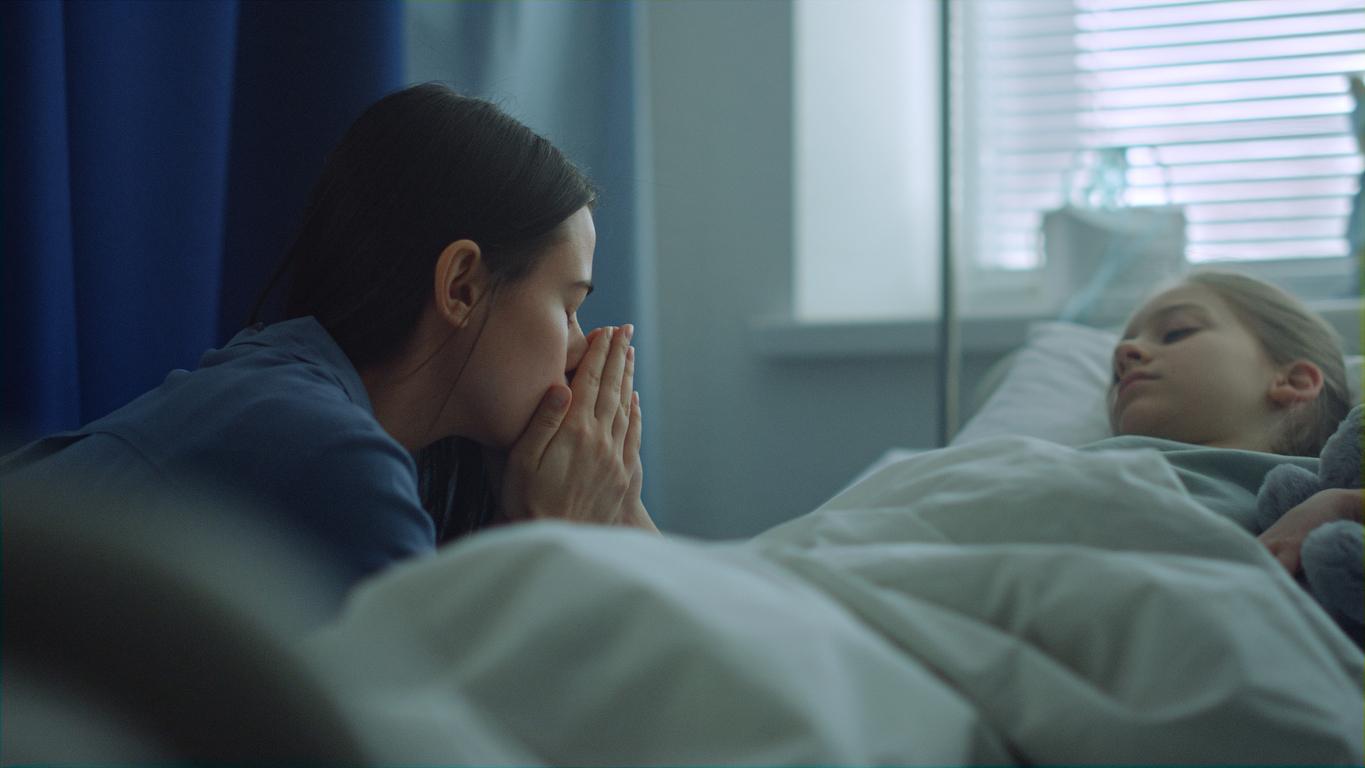It all starts with an infection, usually mild: sore throat, nasopharyngitis, otitis, etc. Then, the germ in question can cross the mucous membranes and cause infection of the meninges (three membranes that surround the brain) and the cerebrospinal fluid they contain. “Among the little ones, meningitis is most commonly manifested by feverthe child is a little soft, grumpy, sometimes drowsy, he no longer has much appetite, his fontanel may be bulging” points out Dr. Erianna Bellaton, pediatrician. “From around the age of 3, the signs evolve and the child may suffer from neck stiffness, nausea, vomiting, he cannot stand the light, we are talking about photophobia.
If the doctor suspects meningitis, he will refer the child to the nearest hospital. A lumbar puncture (sampling of cerebrospinal fluid) will make it possible to find the origin, viral or bacterial, of the disease, because the treatment depends on it. While waiting for the results a few hours later, the child will already be able to benefit from intravenous antibiotic therapy.
Viral or bacterial meningitis: it’s not the same thing
If it is viral meningitis (more than 85% of cases) and, if his condition allows it, the child will go home with a simple prescription of paracetamol and will heal in about a week. On the other hand, if a bacterium is identified (about 500 cases per year), whether it is pneumococcus, meningococcus B or C, streptococcus or Haemophilus influenzae B, intravenous antibiotic therapy will be continued .
>> Signs to know: if you notice pink spots on your child’s skin that do not fade for a few seconds when you press on them with your finger, it may be purpura fulminans (a severe form of sepsis, often due to meningococcus), an emergency sign that should encourage you to call 15 immediately.
As soon as the child’s condition has improved, he will go home with a prescription for oral antibiotics, but will then have to return to the hospital for various examinations (hearing, neurological…). “In 20% of cases of meningococcal meningitis, for example, the child will have sequelae for life: deafness, epilepsy, convulsions, amputations, motor and cognitive disabilities.” And in about 10% of cases, meningitis spreads so quickly throughout the body (sepsis) that antibiotics are not enough to catch it, the child does not survive.
Meningitis: the best prevention remains vaccination
“These serious consequences could be avoided”,reminds the pediatrician. You can be a carrier of these viruses and bacteria without even knowing it and therefore transmit them through saliva, droplets from sneezing or coughing. No one can predict who will be affected, even if contamination is favored by promiscuity, the exchange of toys, glasses…
“The best prevention against bacterial meningitis remains vaccination” insists Dr. Bellaton. As proof, vaccination against Haemophilus Influenzae B, compulsory since 2018, has considerably reduced the incidence of meningitis. Since then, the High Authority for Health has added injections against pneumococcus (Prévenar®) and meningococcus C (Menjugate® and Neisvac®) to the list of compulsory childhood vaccinations.
As for the Bexsero® vaccine, the first vaccine against meningococcal B, it has been recommended since last June for all infants from the age of 2 months. Count 82 euros for each of the three injections, not covered by health insurance (except children at risk, for whom it is compulsory). “These meningococcal B meningitis are rare,admits the pediatrician, but their consequences can be very serious, so I can only encourage parents to have their child vaccinated.”
Our expert : Dr. Erianna Bellaton, pediatrician
















